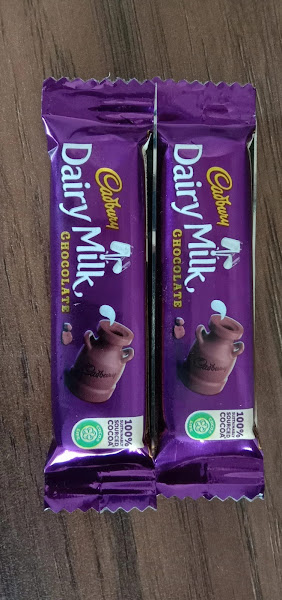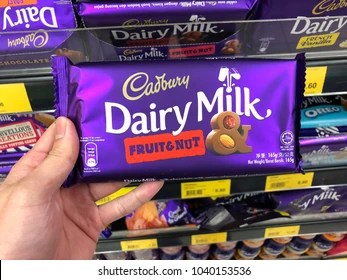Dark chocolate is created by combining cacao with fat and sugar. The United States Food and Drug Administration refers to this as "sweet chocolate" and specifies a concentration of chocolate liquor of 15%. European regulations need a minimum of 35% cocoa solids. A greater cocoa solids content suggests more bitterness. Semisweet chocolate is a kind of dark chocolate that contains a little amount of sugar. Bittersweet chocolate is chocolate liquid that has been sweetened with sugar (usually a third), cocoa butter, and vanilla. Although it has less sugar and more liquid than semisweet chocolate, the two may be substituted in baking. Additionally, it is reported to last for two years when properly preserved. As of 2017, there is no credible evidence that dark chocolate has a substantial effect on blood pressure or offers other health advantages. Unsweetened
Chocolate's history
The cacao tree was grown about 3,000 years ago by the Maya, Toltec, and Aztec peoples, who utilized its fruit, the cocoa bean, to make a beverage (which was sometimes employed as a ceremonial drink) and also as a kind of payment. The Maya regarded chocolate as a god's meal, revered the cacao tree, and even buried officials with bowls of the material (along with other items deemed useful in the afterlife). Indeed, identifying the (Olmec-derived) term ka-ka-w (âcacaoâ) engraved on those vessels was critical to comprehending the Mayaâs phonetic writing style.
This season's cowboy motif is reflected by huge boots that mimic riders' shoes. If your previous season's cowboy boots are still in fine condition, keep them since they are still "at play." This season, jockey hats, three-piece suits, and everything else associated with equestrian activities will join such footwear.
The Mandela Effect is a psychological phenomena that causes us to reevaluate even the most banal recollections from our past. In June 2019, the venerable New York Times crossword puzzle adopted it as its topic, defining it as "a modern refinement of false memory that generally pertains to pop culture or current events." It's a term coined by paranormal researcher Fiona Broome and refers to the act of recalling something that contradicts historical data. For instance, the substance you use to keep your house smelling fresh is not called "Febreeze" (more on that later). Broome has said that she "like" the concept that the Mandela Effect, or similar claims by others that they vividly remember various events or details, might be evidence that we live in parallel universes. We're not certain that's true, but these parallels between popular belief and reality are causing our mouths to drop as we write. Here are 45 of the most mind-boggling "facts."














